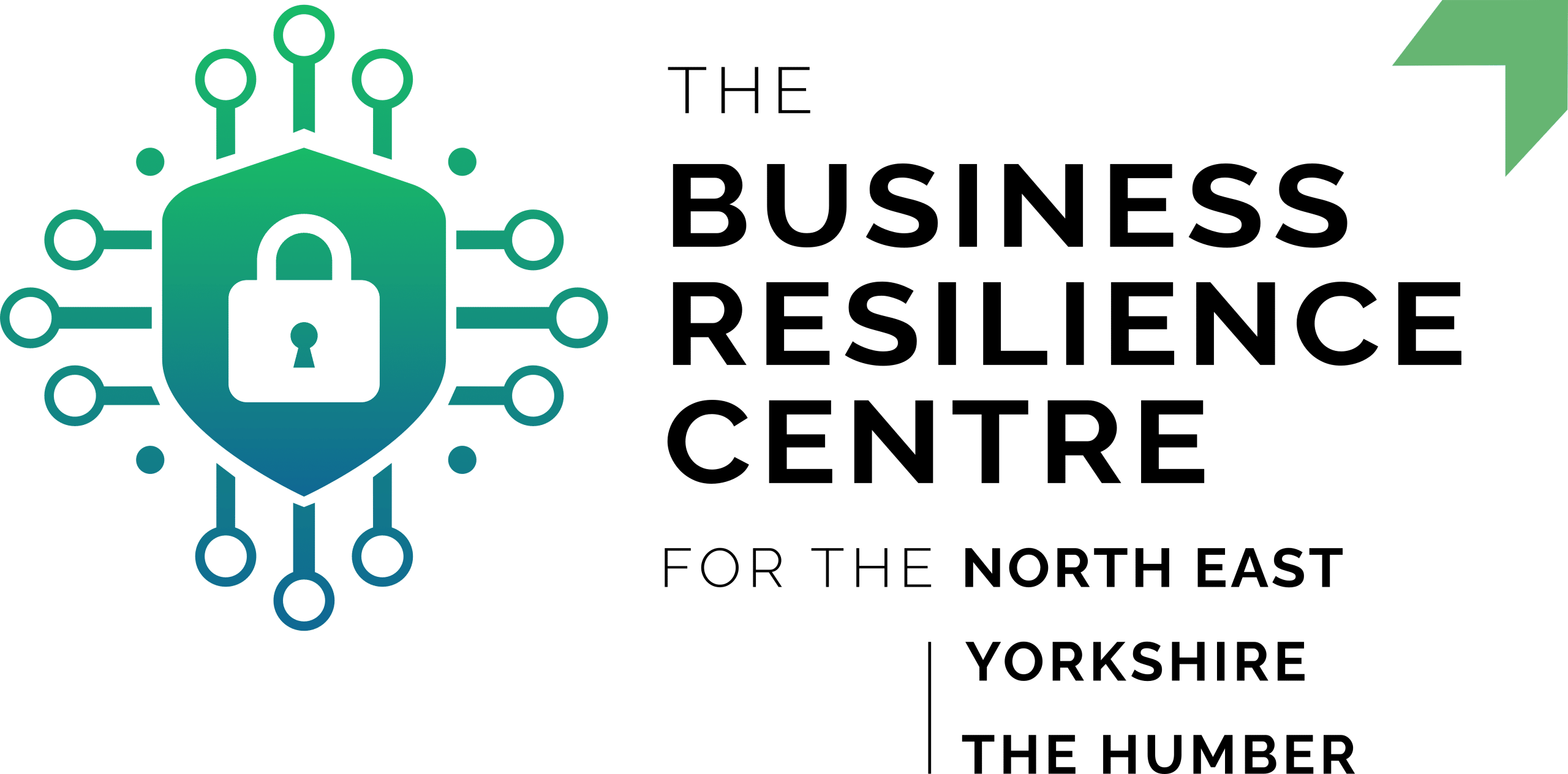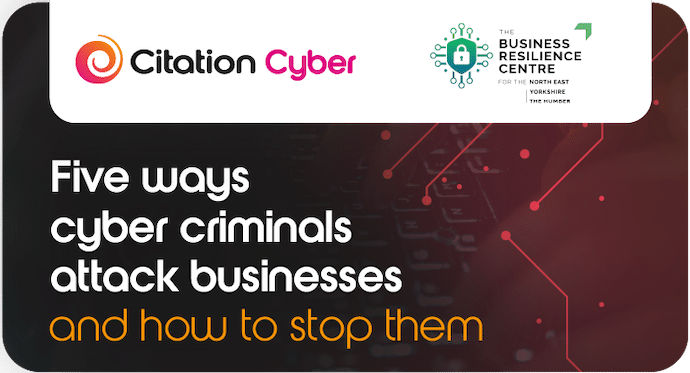Citation Cyber are on a mission to make cyber security simple and accessible for everyone. That’s why they partner with us, they help businesses like yours stay safe, informed and ahead of cyber threats with their latest blog.
Here’s the thing: the biggest risks often come from the smallest cracks. A forgotten login. An old laptop. A convincing email from someone pretending to be your bank. These aren’t high-level hacks, they’re everyday entry points. And attackers know exactly how to find them.
Some cyber threats are more common than others, and you need to know how to protect your business.
1. Phishing emails: more targeted than ever
Phishing attacks. Those sneaky emails pretending to be from someone you trust remain the most common way criminals get in. And they’re getting more convincing by the day.
AI can now generate near-perfect emails, mimicking company branding and tone. Attackers use social engineering to create urgency (“We need this payment now!”), making people act before they think.
Phishing now accounts for 85% of reported cyber incidents in UK organisations.
Real-world example: A UK SME suffered ransomware disruption after an employee opened what looked like a regular invoice from a known client, but it was fake. One click shut down their systems for days.
What you can do:
- Run phishing simulations and regular awareness training
- Enable multi-factor authentication (MFA) on all accounts
- Use email filters that can flag unusual sender behaviour
2. Legacy systems: ticking time bombs
Legacy systems are outdated software or hardware that’s no longer supported. And they’re one of the biggest unguarded doors into your network.
Attackers often scan the internet for known vulnerabilities. If your systems haven’t been patched or updated, they’ll find them.
Real-world example: The 2017 WannaCry attack targeted a Windows vulnerability that had a fix but many hadn’t installed it. Thousands of businesses were affected.
What you can do:
- Patch and update systems regularly
- Replace unsupported software and hardware
- Test backups often and store them securely
3. Insider threats: accidental or deliberate
Your biggest threats aren’t always hidden behind a desk thousands of miles away. Sometimes they’re chatting with you on your lunch break.
Insider threats come in many forms. Some are intentional, like disgruntled employees leaking sensitive data. Others are accidental through someone forwarding a client file to the wrong address or plugging in an infected USB stick. And with more staff using their own devices or working remotely, visibility is trickier than ever.
If someone shares confidential client information outside of your organisation, you’ll face reputational damage and legal costs.
What you can do:
- Use the principle of least privilege (only give access to what’s needed)
- Monitor for unusual behaviours (mass file transfers, out-of-hours access)
- Revoke system access immediately when people leave
4. Third-party risks: the weakest link in your supply chain
Even if your defences are strong, your suppliers could still be a risk.
In 2020, the SolarWinds breach proved that a single compromised platform could allow attackers to infiltrate thousands of connected organisations.
And yet, only 7% of UK businesses assess the risk from their wider supply chain.
(Source: UK Government Cyber Security Breaches Survey, 2023)
How to defend:
- Ask suppliers about their security posture
- Build cyber standards into contracts (think Cyber Essentials, ISO 27001)
- Monitor who has access to your systems and why
5. Remote working: flexible, but exposed
The shift to hybrid and home working has been great for many aspects of business and life, but not always for security. Staff connecting via personal devices or unsecured home routers, make it harder to enforce controls and increase the attack surface.
How to defend:
- Issue company-approved devices with pre-installed security tools
- Enforce strong passphrase policies and VPNs
- Train remote teams on safe working practices
Bonus threat: AI.
AI is altering cyber security. It’s helping attackers automate, personalise, and scale their efforts. But it’s also allowing defenders to spot and stop threats faster than ever.
Attackers use AI to:
- Write personalised phishing emails at scale
- Generate deepfake voice and video scams
- Develop smarter malware that evades detection
Defenders use AI to:
- Monitor user behaviour for early signs of trouble
- Prioritise high-risk vulnerabilities
- Detect phishing patterns in real time
The takeaway? AI isn’t inherently good or bad, it’s powerful. The businesses who understand it (and use it wisely) will be better prepared to stay secure.
So, what now?
The good news? You don’t need a huge cyber budget or an in-house IT team to tighten up your defences.
Here’s a quick five-question health check:
- Are your systems fully up to date?
- Are your staff trained to spot phishing emails?
- Have you deactivated logins for former employees?
- Do your suppliers meet minimum security standards?
- Are your remote teams using secure connections?
If you hesitated on any of those, now’s the time to act.
Need help? We’re here.
Citation Cyber help UK businesses of all sizes build strong, smart cyber security. From phishing simulations and Cyber Essentials certification to penetration testing, they’ll help you take control without the faff.

